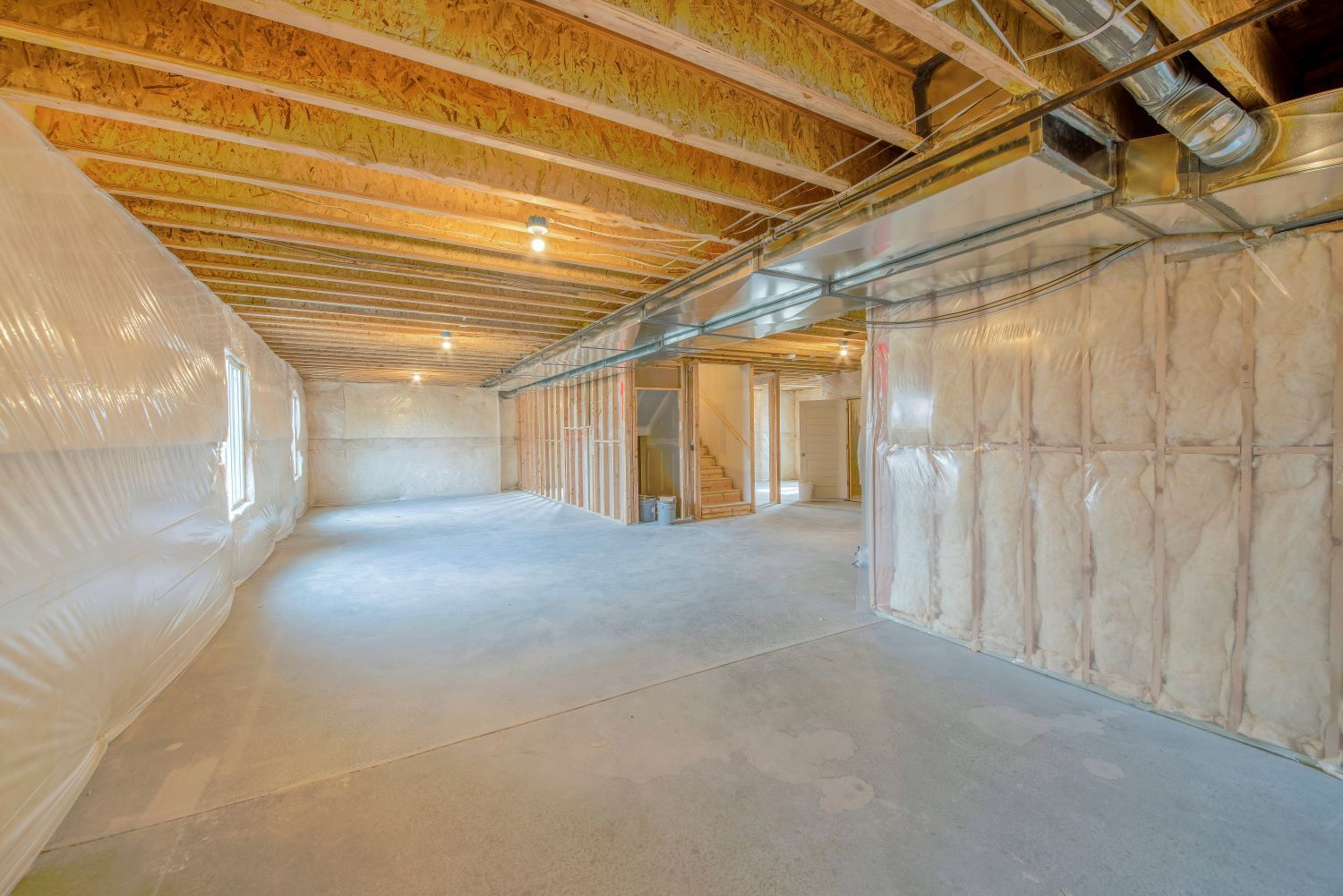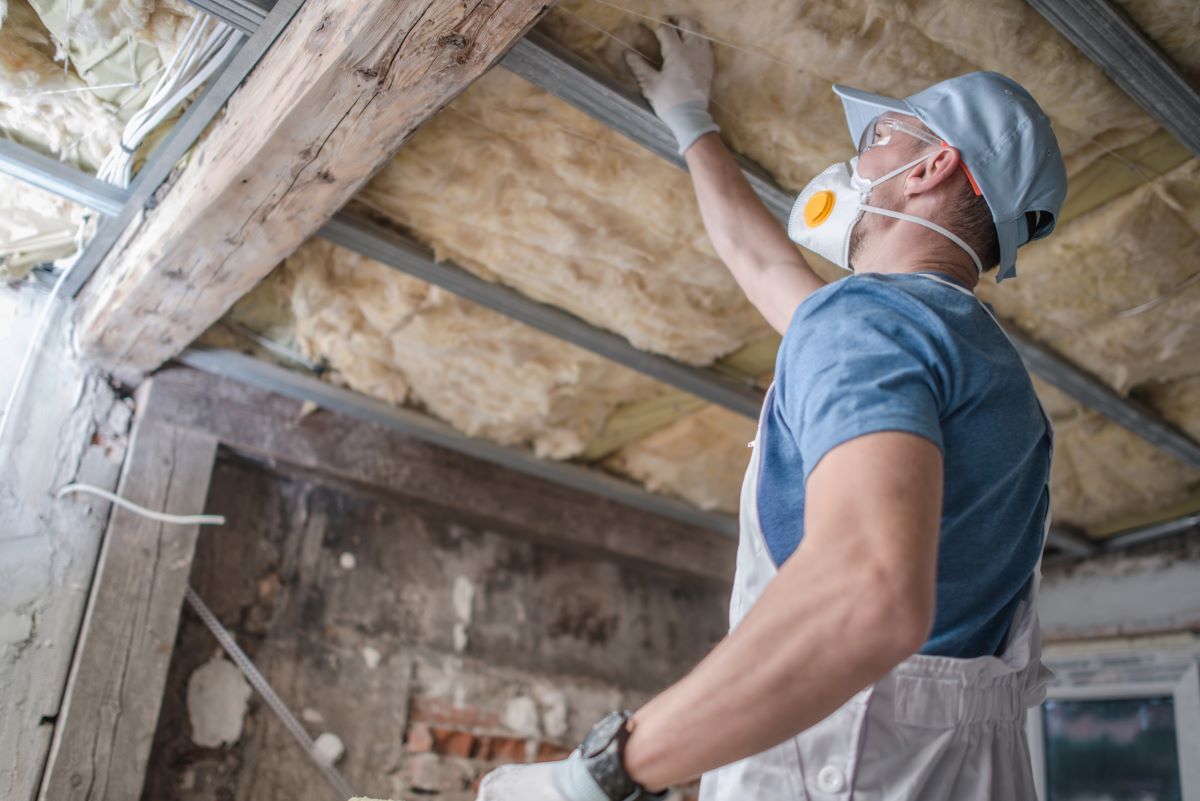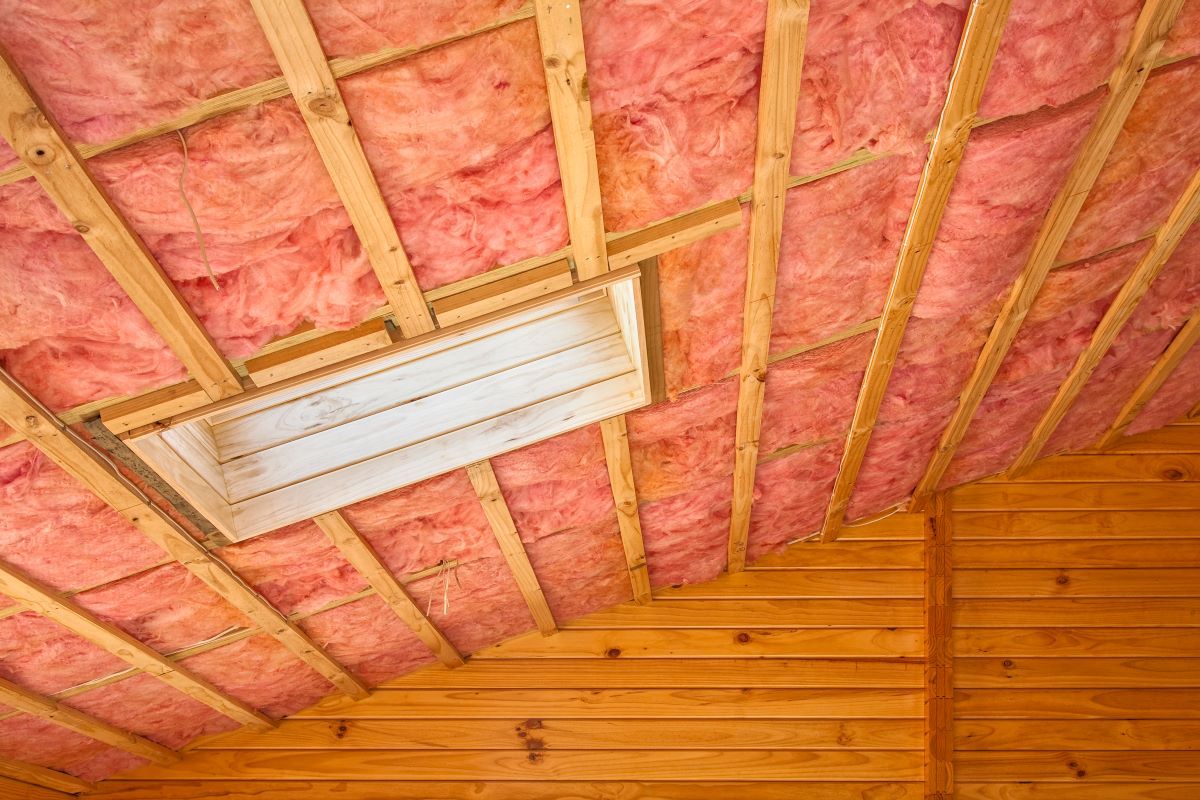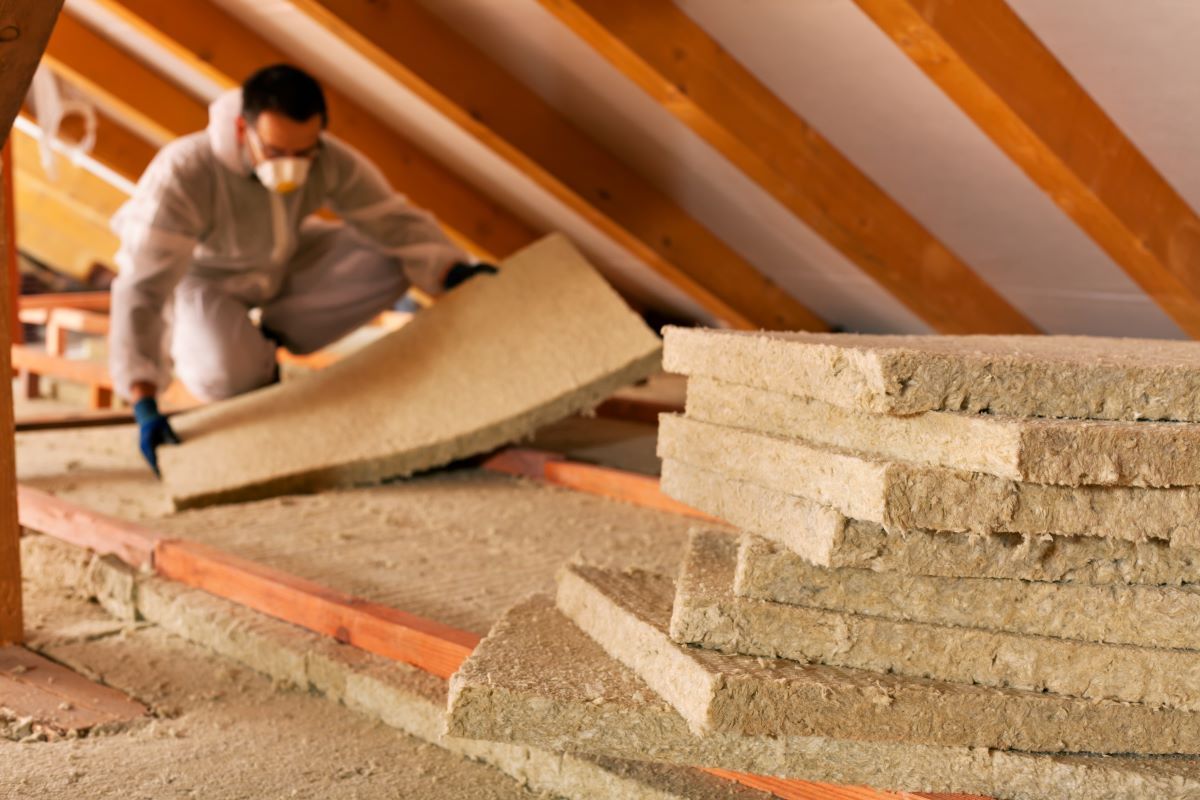How Effective is Blanket Insulation
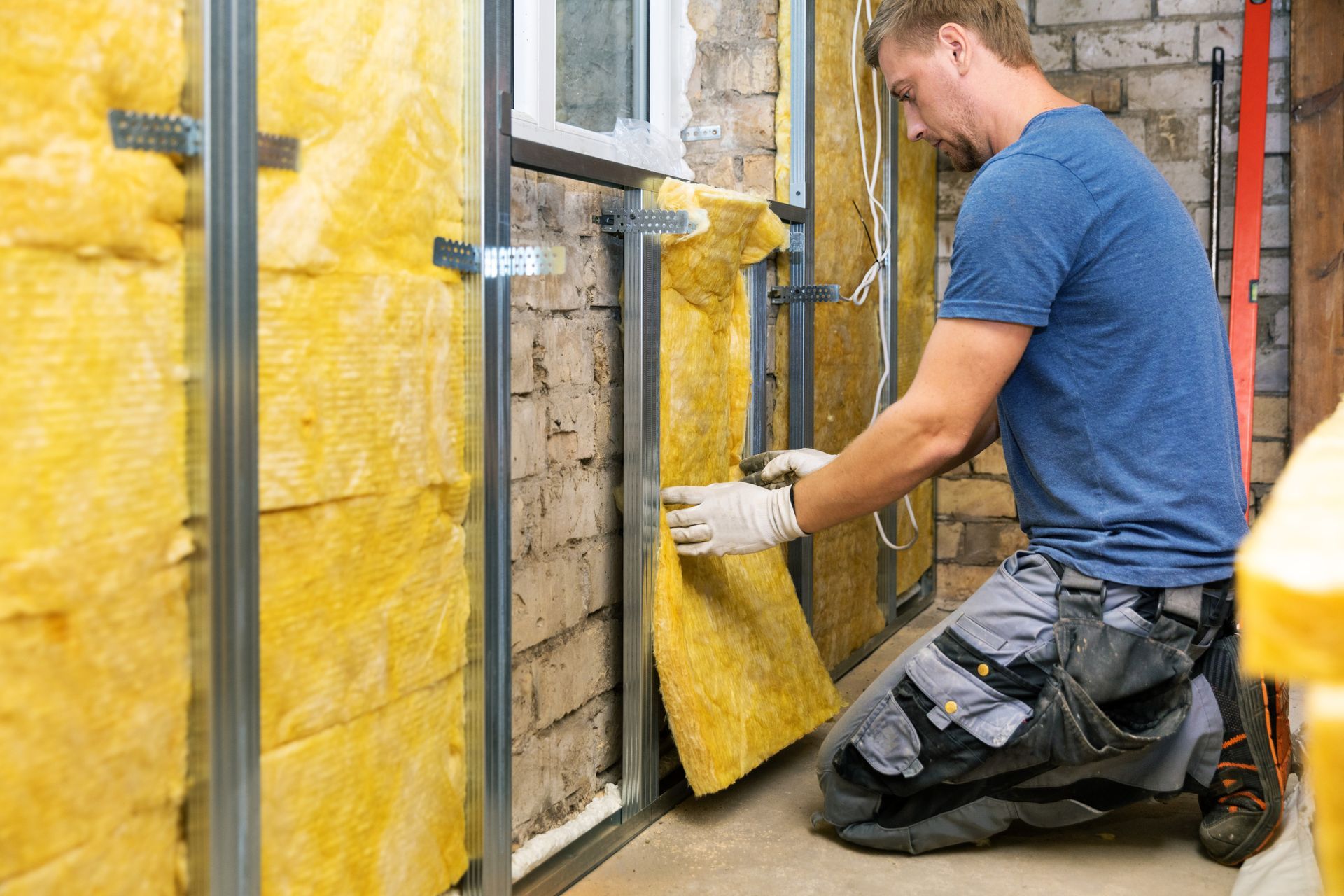
As temperatures fluctuate throughout the year, maintaining a comfortable and energy-efficient home becomes a priority for many homeowners. Insulation plays a crucial role in regulating indoor temperatures and reducing energy consumption. One popular insulation option that offers both effectiveness and affordability is blanket insulation. In this article, we'll explore the benefits of blanket insulation and how it works to improve the comfort and efficiency of your home.
What is Blanket Insulation?
Blanket insulation, also known as batt or roll insulation, is a flexible and lightweight insulation material typically made from fiberglass or mineral wool. It comes in pre-cut sheets or rolls, making it easy to install between wall studs, ceiling joists, and floor joists. Blanket insulation is a versatile option suitable for both new construction and retrofit projects, offering excellent thermal performance and sound absorption properties.
How Does Blanket Insulation Work?
- Thermal Resistance:
- Blanket insulation works by creating a barrier that slows down the transfer of heat between the interior and exterior of your home. The insulation material traps pockets of air within its fibers, which helps to reduce heat flow through conduction. By minimizing heat transfer, blanket insulation helps maintain a consistent indoor temperature and reduces the need for heating and cooling.
- Installation:
- One of the key advantages of blanket insulation is its ease of installation. Installers simply cut the insulation material to fit the desired space and place it between framing members, such as studs or joists. The snug fit and friction between the insulation and framing help create an effective thermal barrier. Additionally, blanket insulation can be layered to achieve higher R-values, providing greater thermal resistance and energy savings.
- Sound Absorption:
- In addition to thermal insulation, blanket insulation also offers sound absorption properties, helping to reduce noise transmission between rooms and floors. The dense fibers of fiberglass or mineral wool absorb sound waves, minimizing echoes and creating a quieter and more comfortable indoor environment.
- Versatility:
- Blanket insulation is available in various thicknesses and R-values to accommodate different insulation requirements and climate zones. It can be used in walls, ceilings, floors, and attics, making it a versatile option for improving the energy efficiency and comfort of your home. Additionally, blanket insulation can be combined with other insulation types, such as rigid foam or spray foam, for enhanced performance in specific applications.
Benefits of Blanket Insulation:
- Cost-Effective:
- Blanket insulation is an affordable insulation option compared to other types, making it ideal for budget-conscious homeowners. Its ease of installation also helps reduce labor costs, further contributing to its cost-effectiveness.
- Energy Efficiency:
- By reducing heat transfer and improving thermal resistance, blanket insulation helps lower heating and cooling costs year-round. A well-insulated home maintains a more consistent indoor temperature, reducing the workload on HVAC systems and lowering energy bills.
- Comfort and Indoor Air Quality:
- Proper insulation ensures a comfortable indoor environment by minimizing temperature fluctuations and drafts. Additionally, blanket insulation helps regulate humidity levels and improve indoor air quality by preventing moisture buildup and mold growth.
Conclusion:
Blanket insulation offers a cost-effective and efficient solution for improving the comfort, energy efficiency, and soundproofing of your home. Its ease of installation, thermal performance, and versatility make it a popular choice among homeowners and contractors alike. If you're considering insulating your home, consult with Insulation Contractors London to learn more about the benefits of blanket insulation and schedule a professional installation for optimal results in London, Ontario.
